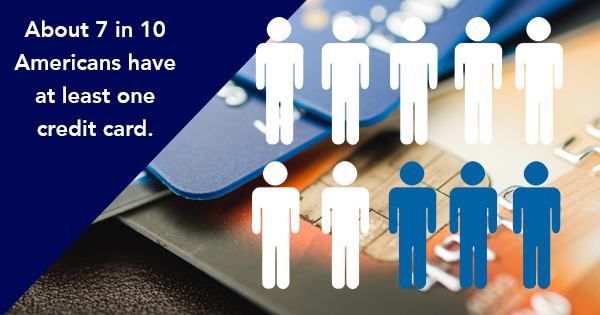How Do Card Readers Work, Really?
 As of 2015, approximately 218 million people in the U.S. owned a driver’s license and seven in 10 owned at least one credit card. What do both of these things have in common? The magnetic stripe on the back, allowing them to pass through and be scanned by a magnetic card reader.
As of 2015, approximately 218 million people in the U.S. owned a driver’s license and seven in 10 owned at least one credit card. What do both of these things have in common? The magnetic stripe on the back, allowing them to pass through and be scanned by a magnetic card reader.
The little magnetic strip on the back of each of these cards holds all the information magnetic card scanners and ID readers need to identify an individual card. Any questions?
But How Do They Work?
An ID reader or a magnetic stripe reader reads the information stored on your card’s magnetic stripe, which contains personal information, which in the case of credit cards refers to you, the owner, and communicates with the bank. These machines send transaction data or user data back and forth along a complex network that allows you to transfer funds in an instant.
The process consists of three stages:
- Authorization
- Capture
- Settlement
All of this information might sound confusing at first. To combat that, let’s take a closer look at what each of these scanning steps entails. After all, credit card readers are a big part of our daily lives.
Authorization Explained
When a seller swipes, inserts, or dips a customer’s credit card into any magnetic card readers, a payment request is sent to the seller’s system. They then move the transaction to the acquiring bank (also known as the merchant bank), who then sends the request to the issuing bank (the customer’s credit card company or bank). They’ll then check if the customer can afford this charge based on credit or money. These machines also check for fraudulent activity to ensure that each and every transaction is legitimate. If it’s legitimate, the purchase will be authorized and the funds put into hold, also known as “pending.”
Capture Explained
This is when the funds are moved from the issuing bank to the acquiring bank, and this can generally happen as part of a large fund move. This is called “batching” in some circles, as the funds are moved as one big batch.
Settlement Explained
Finally, the funds from the sale are settled through the seller’s systems and deposited into the seller’s bank account. This generally happens in one to two business days but can happen faster if they want to give a portion of the total deposit amount. This can be a good idea for companies with cash flow issues.
And that’s really about it. That’s the simplified, account of what happens when you or your customers swipe or insert their cards. If you have any further questions about ID readers, magnetic card scanners, or more, contact us. Our experts are here and ready for your questions.
